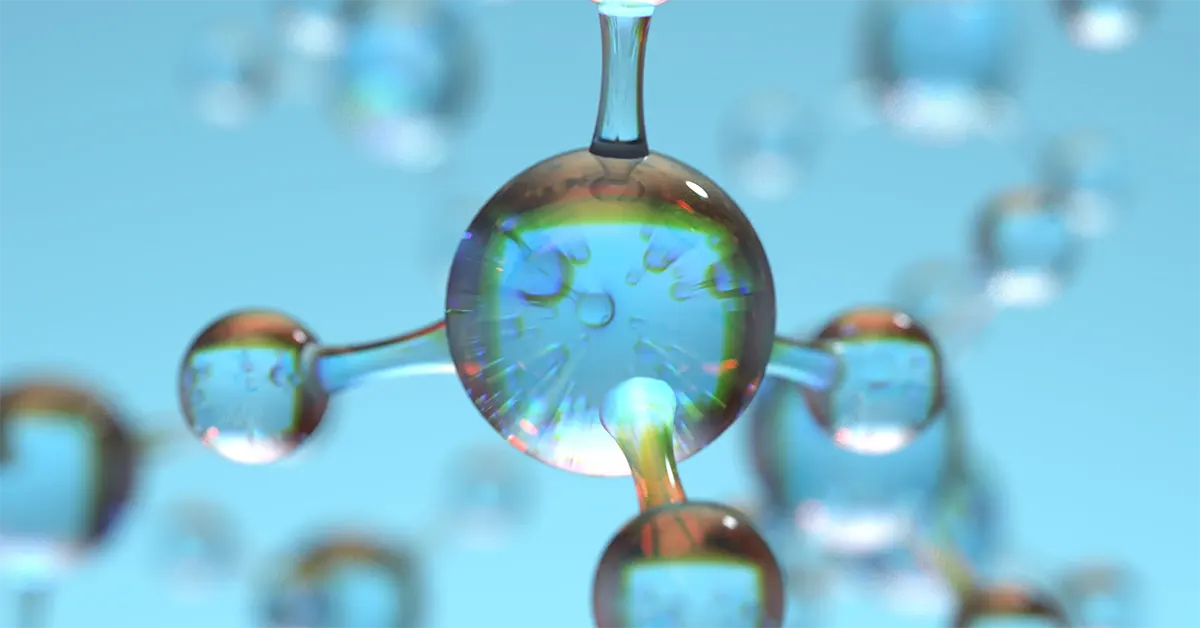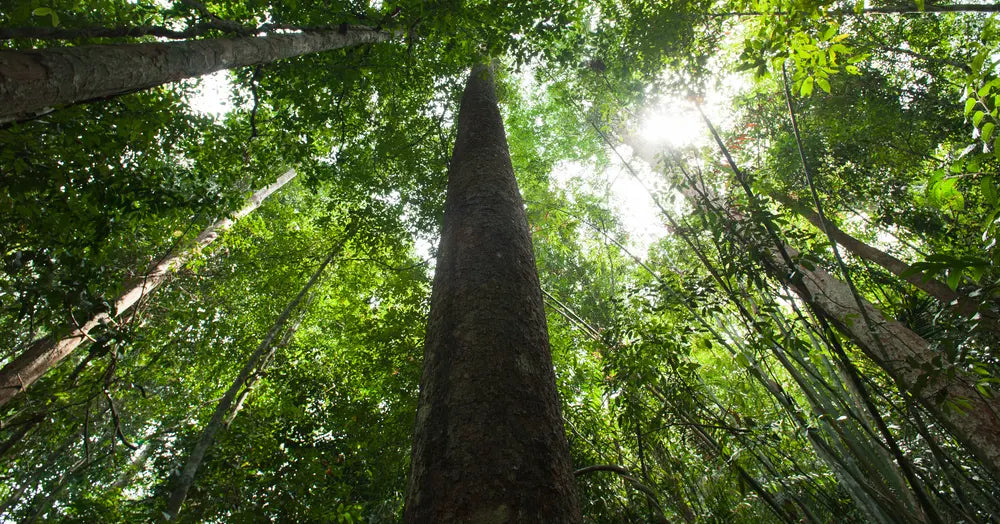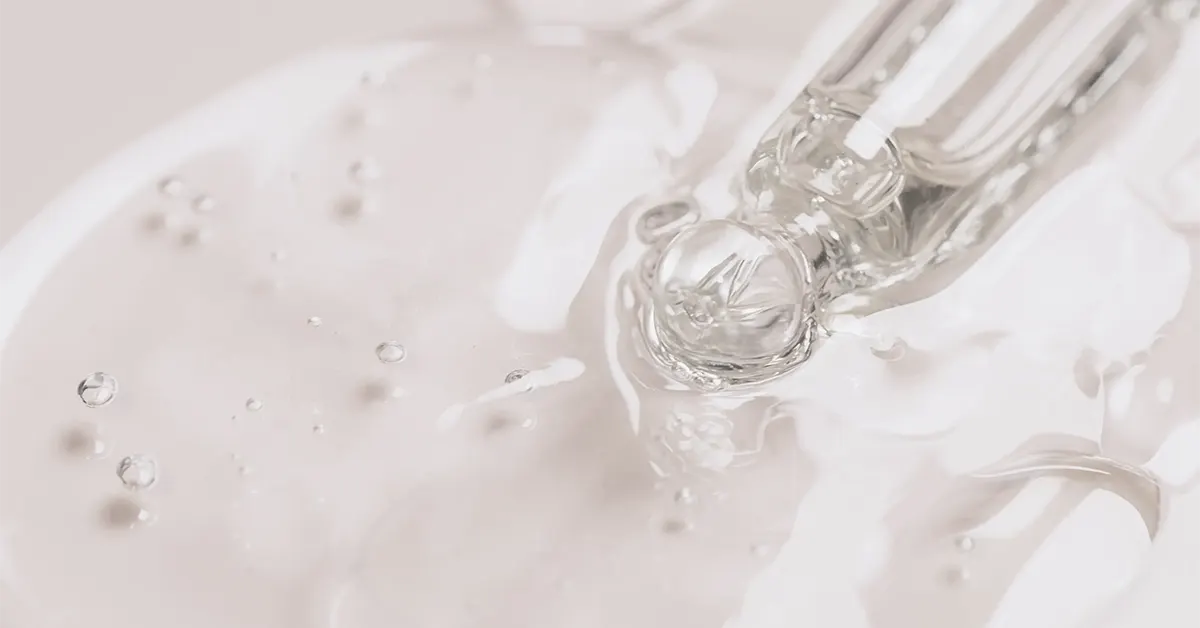
Ectoin (English version)
Ectoin
The natural active ingredient ectoine was first discovered in 1985 in microorganisms in a salt lake in the Egyptian desert. Highly adapted, extremely resilient microorganisms have thrived there for millions of years in the most hostile regions of the earth under extreme climatic conditions. With the help of ectoine, they protect themselves from severe drought, UV radiation, large temperature fluctuations, and other cell-damaging environmental influences.

Ectoine is also known as a natural stress protection molecule. It is able to form a protective coating of water molecules (hydrofilm) around the cell, thus protecting microorganisms from heat, UV radiation, and high salt concentrations.
- Ectoin stabilizes the cell membrane. It protects the DNA of skin cells from damaging environmental stressors such as UV and infrared radiation, which cause photoaging and skin roughness. With its UV-protective effect, Ectoin helps protect the skin from the negative effects of the sun.
- Ectoin strengthens the skin barrier and improves cell regeneration.
- Ectoin increases skin moisture and strengthens skin's resilience. It has a wrinkle-reducing, smoothing, regenerating, and skin-protecting effect.
- Ectoin inhibits inflammation and is therefore also effective against blemishes and other inflammatory processes. Ectoin reduces irritation and has a soothing effect on irritated skin.
Ectoin stabilizes the cell membrane, moisturizes, and strengthens the skin barrier. It protects skin cell DNA from damaging environmental stressors such as UV and infrared radiation, which cause photoaging and skin roughness.





